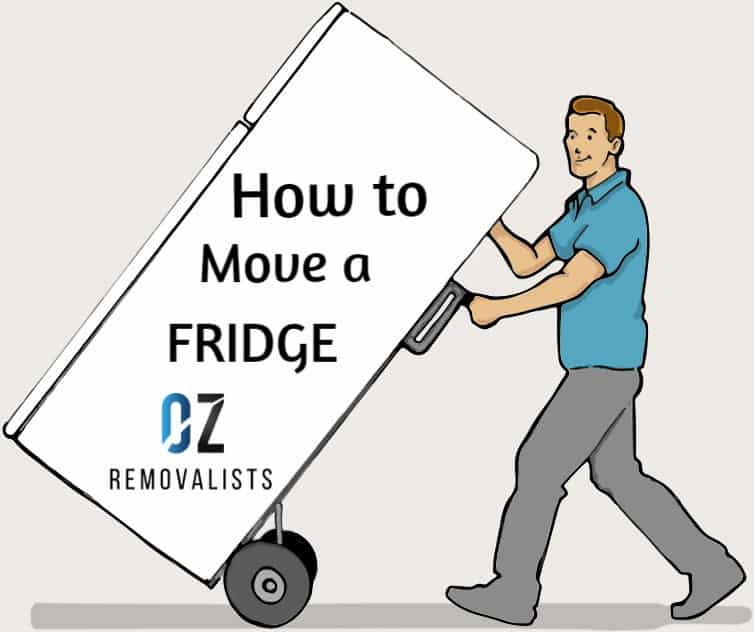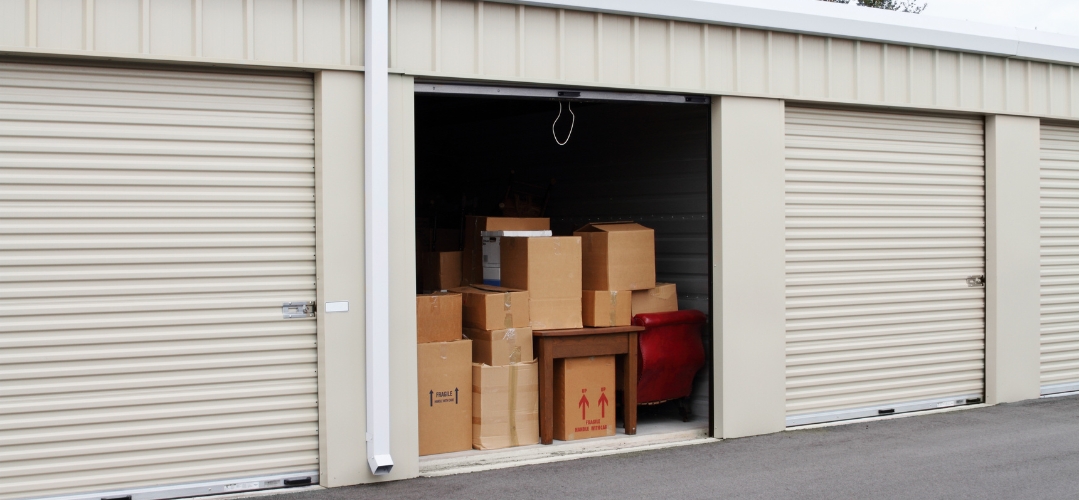Moving estimates are an important aspect of the moving process, as they provide an estimate of the removalist’s cost in Melbourne. There are several types of moving estimates. Moving estimate terms “non-binding estimate” “binding estimate,” and “binding not-to-exceed estimate” mean nothing to you until you come in touch with moving professionals, it’s easy to get tripped over these seemingly insignificant details. Understanding the moving estimate’s ups and downs is crucial for a successful move. In this blog, we will introduce you to the moving cost estimates that can be offered to you while dealing with professional removalists in Melbourne, but it is your duty to do proper research on the type of estimate they offer.
What is a Moving Estimation?

A moving estimation is an essential part of relocation. The general definition of moving estimate is also known as moving quotation. The estimated cost of moving services offered by the removalists is called moving estimation. These estimations are based on distance and the volume of belongings that need to be moved. Moving estimates are of three types: binding, non-binding, and binding not to exceed.
Before getting and signing a contract from the moving company make sure to have a brief discussion about the services and the kind of moving estimate you want to have from movers. This estimate should be attached to the final bill. Long-distance and the interstate contract should include the name and proper address of the place from where movers will pick up the belongings and the address of the place where belongings will drop off. Miles traveled minimum weight/estimated weight, given discounts, fuel surcharges, insurance, and toll taxes.
While setting up the budget for moving your essentials make sure to consider exceptional costs outside the moving estimate from your moving company. If you’re planning to purchase moving supplies, you need to take them from your account. If you are moving during the peak season you would most likely end up paying more than you expected. The same thing you will suffer while moving during the holidays or weekends. If you can do so, you should move during a less busy month or working day.
Three Different Kinds of Moving Estimates

There are three types of moving estimations. That every homeowner should know before hiring removalists for house moving.
-
Non-Binding Moving Estimate
In terms of non-binding estimates, the quotation provided by the team to clients is based on the weight of the customer’s belongings. Although, these estimates are not fixed and most likely depend on the actual weight of the belongings.
In our opinion, we don’t recommend hiring such moving companies that only provide non-binding estimates. The reason behind this is that non-binding estimates could cause you to pay more than the expected amount. You would end up paying the original estimated price plus an additional 10 percent at the time of delivery. The service charges will not be fixed to fluctuate with the weight and complexity of the move.
-
Binding Moving Estimate
A binding estimate is as it’s the same the movers guarantee a fixed cost based on the approximate weight of the customer’s essentials. If the customer agrees with the binding estimate term, they will pay that fixed amount that has been fixed while in the contract. On the other hand, if the customer’s belongings are weightless at the time of moving, they still have to pay a fixed amount.
The binding amount will be fixed in both high or low belongings conditions. If you have any doubt that movers will charge you or over-charge you at the last minute, you don’t need to worry. To ensure the prices you can contact two or more moving companies. But if you will go for the binding estimates and think that the movers will allow you to put additional items into the truck on the day of moving, then you are wrong. According to the experts, if you ask movers to shift more items than fixed weight your binding estimate will regenerate or your binding estimate will convert into the non-binding estimate.
-
Binding Not-To-Exceed Moving Estimate
This is the most popular and convenient type of estimate and is different from the other two estimates. The binding not-to-exceed is famous among house movers who move long distances or interstate. This type of estimate is that even if the weight of your belongings increases at the time of loading into the transport, the company will not charge you for the extra weight. Instead of that, they will pay you back if your belonging weight decreases while moving. This means, if you choose a binding not-to-exceed estimate you could end up paying less than a fixed amount.
We have described all types of moving estimates, you can read and follow them while moving and hiring a moving team.
Understanding Moving Estimations: Terms to Look Out For

Before signing the moving contract, have a look at the below-mentioned moving quotation terms.
-
Bill of Lading
The bill of lading is an official contract between the homeowners and movers, BOL is one of the most important documents you’ll receive from the professional moving team. Read these papers carefully before signing them to make sure the content is written correctly and the pick-up and delivery addresses are correct. Keep BOL documents in a safe place.
-
COD
The COD term is known for Cash on Delivery, which means you will need to pay for your shipment once your belongings arrive at your new home. Ask the moving team for the payment methods such as credit card, cheque, cash, or any other online method. If you have only a cash payment option make sure to get a receipt from the company with signatures.
-
Flight charge
Flight charge doesn’t mean that we are talking about airplanes, this term doesn’t refer to the cost of shipping your stuff via plane; It relates to the stairs that your home could have. Make sure this number is zero on your contract paper if you are having a single-story or living in a ground-floor apartment.
-
Inventory
The inventory is the moving checklist of household items to make remembrance of moving items. It is deep information long and detailed, showing quantities and describing the condition of each and every item that needs to be moved. You can cross-check your items with a checklist before and after the move. If any of your items got damaged or missing during arrival then you would need to send your inventory list to prove that the item was in the truck during transit.
-
PBO
PBO is known for the term “packed by owner”. You can save money by packing your own stuff instead of waiting for the movers to do it for you. If you will choose to do “PBO” then make sure that your final bill should not reflect the packing service.
Additional Moving Fees Information

There are some unseen moving expenses written in the final invoice that you would never think of. Some of these additional costs and services are mentioned below.
- The volume of Items: If you have a number of large and breakable items that need to be packed and transported with extra care, the moving company can charge additional costs for laborious handling for extra physical efforts.
- The complexity of Move: The efforts taken to load the truck due to the distance between the moving truck and the front door can be the reason for the additional service charge.
- Packing Fees: If you hire professional packers to pack your belongings, there will be an additional fee. The fees will depend on the volume of belongings that need to be packed by the movers and the time it takes to complete the packing. These prices can be hourly.
- Storage Fees: If you need to store your items before or after your move, there will be a storage fee. The storage fee will depend on the duration of the storage and the size of the storage unit.
- Insurance Fees: It’s important to have insurance coverage for your belongings during the move. The insurance fee will depend on the value of the items being moved and the level of coverage you choose.
- Long Carry Fees: If there is a long distance between the moving truck and your residence, or if there are stairs or an elevator that the movers need to use, there may be an additional fee for this.
- Bulky Item Fees: If you have large, heavy, or bulky items that require special handling, there may be an additional fee for this. Examples include pianos, pool tables, and hot tubs.
- Fuel Surcharges: Fuel surcharges may be added to your moving fees depending on the distance traveled the weight of your items and the current fuel prices.
- Additional Services Fees: If you require additional services, such as disassembling and reassembling furniture, or connecting and disconnecting appliances, there may be an additional fee for these services
It’s important to ask your moving company about all potential fees upfront so that you can budget accordingly.
The Right Way to Approach Estimates

When it comes to estimates for moving services, here are some tips to approach it in the right way. All these tips will help you to get budget-friendly and convenient moving services.
- Get multiple estimates: Don’t just settle for the first estimate you receive. Get at least three estimates from different moving companies so that you can compare the prices and services offered. Comparison is the key to a successful move.
- Be specific about your needs: Provide as much information as possible about your move to the moving companies, such as the size of your home, the number of rooms, and the types of items you have. This will help them provide a more accurate estimate. If possible you can ask movers to visit your home for a survey and final quotation.
- Ask for a written estimate: Make sure you get a written estimate that includes all the services that will be provided and the fees associated with them. This will help you avoid any surprises when it comes time to pay after getting services.
- Understand what’s included in the estimate: Make sure you understand what is included in the estimate and what services may be considered as additional fees. If there is any additional cost included in the contract you ask them to remove that clause and regenerate the contract.
- Don’t base your decision solely on price: While price is an important factor, it should not be the only factor when choosing a moving company. Consider the services provided, the reputation of the company, and any additional fees when making your decision.
- Ask questions: If you have any questions or concerns about the estimate, don’t hesitate to ask the moving company for clarification. It’s better to ask questions upfront than to be surprised by additional fees later on.
How to reduce the cost of moving

Moving can be expensive, but there are several ways to reduce the cost of moving. We have mentioned these tips in the below section.
- Plan ahead: Give yourself enough time to plan your move so that you can shop around for the best prices on moving services, packing supplies, and other related costs. Last-minute decisions can often lead to higher expenses.
- Declutter: Moving is an excellent opportunity to get rid of items you no longer need. You can sell unwanted items, donate them, or give them away to friends or family. This will not only reduce the amount of stuff you need to move but also lower the cost of packing and transportation.
- Compare moving companies: Get quotes from several moving companies to compare their prices and services. You can get online moving quotes from various companies. Don’t forget to check for online reviews and ask for references to ensure that you are getting quality service.
- Use free packing supplies: Instead of buying new packing supplies, you can use materials you already have, such as suitcases, blankets, and towels, to pack your belongings.
- Move during off-peak season: If possible, try to move during the off-peak season (fall and winter) when moving companies are less busy and offer lower rates.
- Pack yourself: If you have the time and energy, pack your belongings yourself. This will save you money on packing services and allow you to pack your belongings the way you want.
Rent a moving truck: Instead of hiring a full-service moving company, you can rent a moving truck and do the moving. This can be cheaper, but you will need to factor in the cost of gas and any tolls.
Conclusion
In order to prevent the possibility of a last-minute increase in moving costs, you should ask movers to visit your home and have a visual survey for the most accurate survey. Also, make sure that the moving company will include a copy of the estimate and inventory sheet with the final bill. Read and check out the inventory list properly in order to check for any hidden costs.
The team of OZ Removalists is able to offer you all above mentioned moving estimates along with quality services. Visit OZ Removalists to know more about our services and get an estimated quotation from our experts. Book now 1800842066.




































































